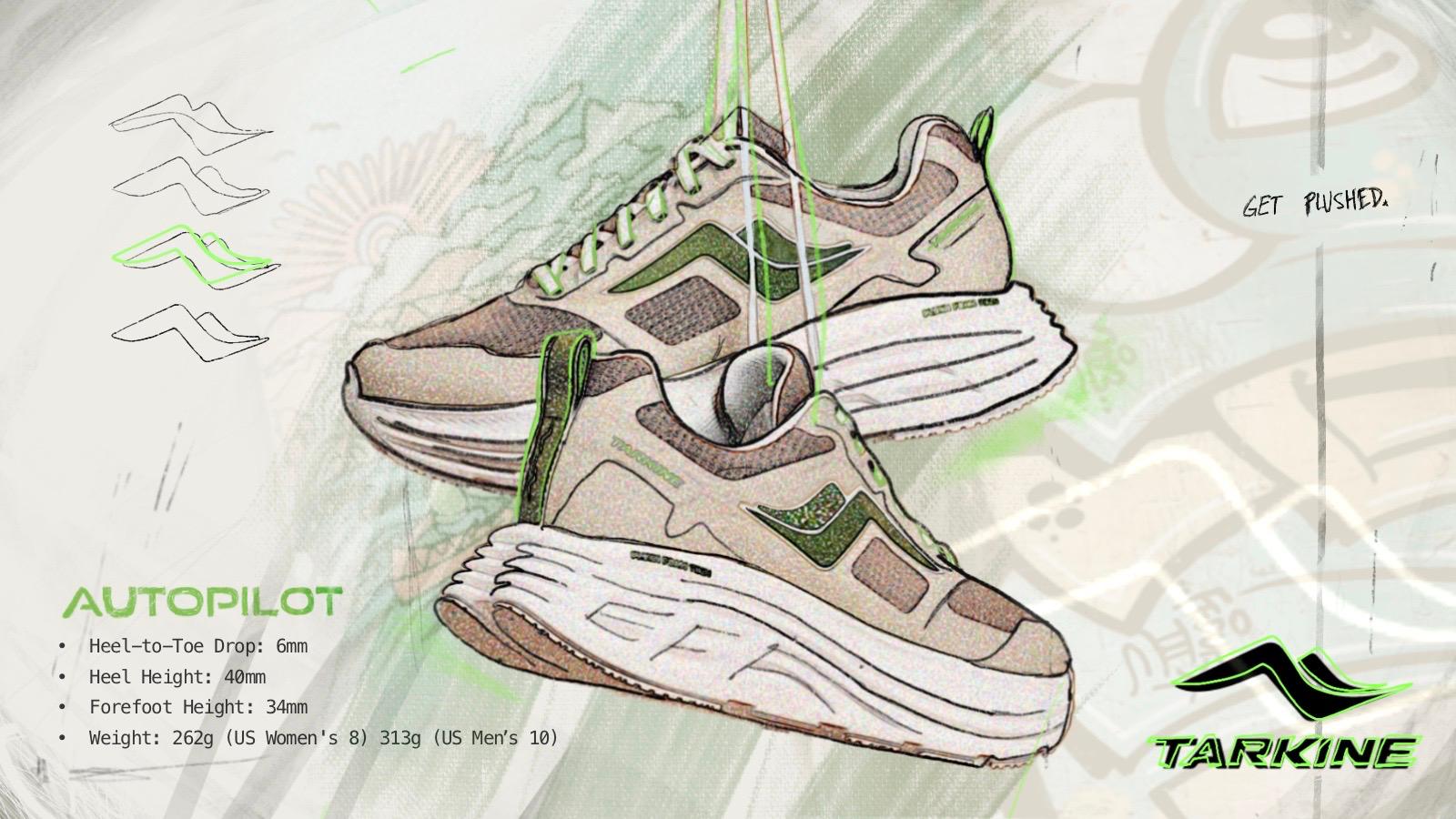Low back pain is one of the most common complaints among American adults today — in fact, doctors estimate it will affect 80 percent of Americans at some point in their lives — and runners are not exempt.
Whether you’re a devout marathon runner or a weekend jogger, if you aren’t dealing with low back pain right now, there’s a good chance you might start dealing with it later on.
There are certain issues that can significantly increase your chances of experiencing this pain, too. Read on to learn about some specific conditions and problems that can lead to low back pain while running.
1. Tight Hip Flexors
These days, most people spend a good chunk of their day sitting. Sitting in the car on the way to work, sitting at a desk at work, sitting in the car on the way home from work, sitting on the couch to relax after work — you get the picture.
In most people, all this sitting leads to tight hip flexors. Tight hip flexors, in turn, often lead to lower back pain. This is because, when your hip flexors are tight, your gluteal muscles tend to be underactive.
If you have underactive or weak glutes, your hamstrings have to pick up the slack when you run and pull on your lower back muscles, causing lower back pain.
2. Facet Syndrome
Facets are small joints in the back, located between each vertebra (bones of the spine). When these facets become jammed — known as compaction — you’ll experience pain in your back.
If you tend to run with a swayback (excessive lower back arch), there’s a good chance you may develop facet syndrome. This is because this posture puts a lot of pressure on the bones and joints of the spine.
Most people who run with a swayback do so because of their tight hip flexors. The tightness forces their pelvis to tilt forward, creating a greater arch and altering the position of the spine.
3. Sacroiliac Joint Sprain
The sacroiliac joint is located at the junction between the base of the spine and the pelvis. A sacroiliac joint sprain occurs when the ligaments connecting these two bones are damaged.
This type of sprain is typically the result of repetitive stress. It happens gradually, over time, and leads to chronic irritation and pain in the lower back, glutes and outer thigh.
Poor running mechanics and/or poor posture while running are often the cause of a sacroiliac joint sprain.
4. Disc Herniation
Between each of the vertebrae of the spine is a spinal disc. This is a cartilage-based disc with a soft center that cushions the vertebrae and absorbs impact while performing activities like running.
Sometimes, these discs can rip or become herniated. A herniation occurs when the soft inner portion of the disc protrudes through a tear in the exterior.
Disc herniations can occur as a result of a sudden trauma or a repetitive stress injury brought on by poor posture and poor running mechanics. If you’re putting excessive amounts of pressure on the spine while you run, you’re more likely to irritate the discs and cause a herniation.
5. Weak Core Muscles
A weak core (the stabilizer muscles that extend from the top of the torso to the glutes) can also contribute to lower back pain in runners. In fact, one study found that, when the deep core muscles are underdeveloped, runners are more likely to struggle with pain in the lower back.
When the deep core muscles aren’t developed, the superficial muscles (such as the rectus abdominis, or “six-pack” muscles) have to take over. These muscles don’t provide much stability and aren’t great at supporting the spine while you run.
When the deep core muscles are underactive and the superficial muscles take over, the load on the vertebrae is increased by up to 19 percent.

By strengthening weak muscles and stretching the tight ones, you can, in many cases, significantly reduce your lower back pain. Some other tips for effective management of lower back pain include:
-
Giving yourself rest days in between runs
-
Applying ice packs or heating pads to the lower back
-
Getting a massage or try some self-myofascial release (foam rolling)
It’s also important to continue moving — go for a walk or do some light stretching — to keep blood flowing and maintain spinal mobility. Being completely sedentary will likely just exacerbate muscle imbalances and make your pain worse.
















